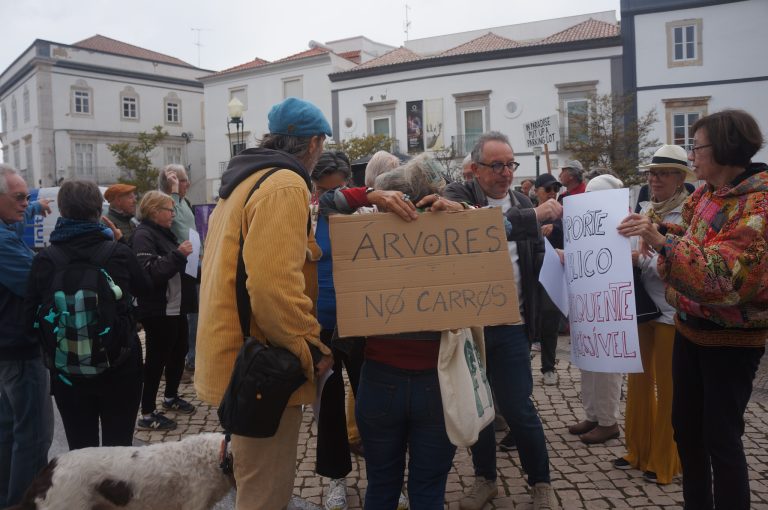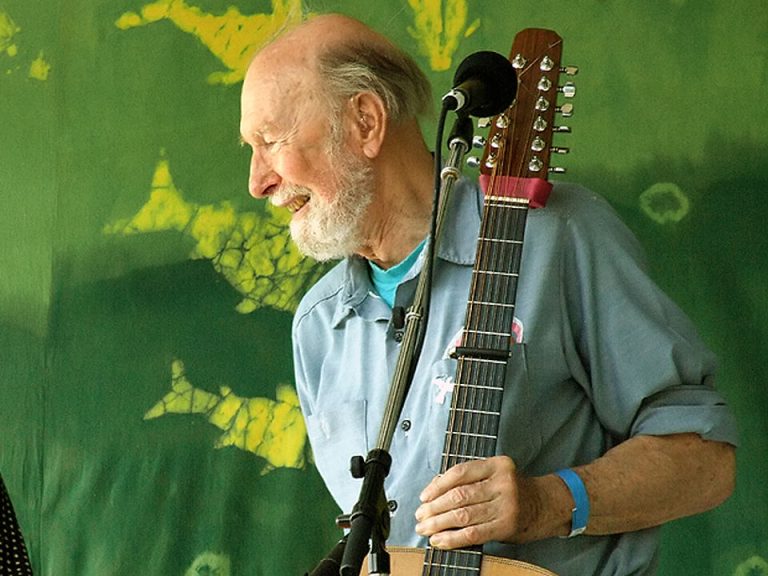Writing workshop – Description and Scene
In the last writing workshop on February 1st, we talked about the role of dialogue as a technique to develop plot and move a story along.
Regina Shrimpton created a couple of dialogue exercises and we worked through them to compress and improve.
Some writers believe great dialogue should be a chain of poetic or comic gems, zingers of brilliantly crafted one-liners. Some believe it should be exactly like everyday speech.
The key to writing effective dialogue is a compressed mixture of the two.
Fictional dialogue, should capture the essence of a real conversation by getting to the point quickly.
Distilling dialogue helps the writer to make sure that there is a purpose for this particular exchange.
Of course dialogue does not need to be short. A long passage of dialogue may well have been distilled, chosen, edited and refined.
Regina took us through Hemingway’s short story Hills like White Elephants. The story is an example of dialogue without any real description of the characters. There is some description of the railway setting and the surrounding hills.
Each line of Hemingway’s dialogue creates dramatic tension. He uses only the bare essentials, leaving the reader to sift through the dialogue and bits of narrative to discover the theme, motifs and symbols. Hemingway is an acquired taste, but for an exercise in unpacking dialogue, Hills like White Elephants was useful.
Thanks Regina!
The theme of the next workshop on Monday 15, February (2:30, Tavira Library) will be “Description and Scene.” Bring along 500 words of description within a scene.
Here is a quote from “Make a Scene” by Jordan E. Rosenfeld. He defines a scene in this way.
“Scenes are capsules in which compelling characters undertake significant actions in a vivid and memorable way that allows the events to feel as though they are happening in real time. When strung together, individual scenes add up to build plots and storylines.
So how do you write description within a scene?
It can take many forms, such as the description of a setting, a character, emotions, a flashback, conflict and more.
One example of description, I enjoyed this week is by Annie Dillard in An American Childhood. In the first chapter she illuminates the ordinary and the mundane through her sense of hearing.
“In the living room the mail slot clicked open and envelopes clattered down. In the back room, where our maid Margaret Butler, was ironing, the steam iron thumped the muffled ironing board and hissed. The walls squeaked, the pipes knocked, the screen door trembled, the furnace banged and the radiators clanged. This was the fall the loud trucks went by. I sat mindless and eternal on the kitchen floor, stony of head and solemn, playing with my fingers. Time streamed in full flood beside me on the kitchen floor; time roared raging beside me down its swollen banks; and when I woke I was so startled I fell in.”
Bring along your own example or better still write a description, refine it, sleep with it, look at it again and share it.
After the workshop on the 15th February, we plan to meet a couple more times and then we will take a break.

Check out the Writing in the Algarve Facebook page for articles to inspire, memes and updates.
Writing in the Algarve workshops are an idea by Sue Hall & Mary Jezzard
Contact Sue@suehall.net for more information



